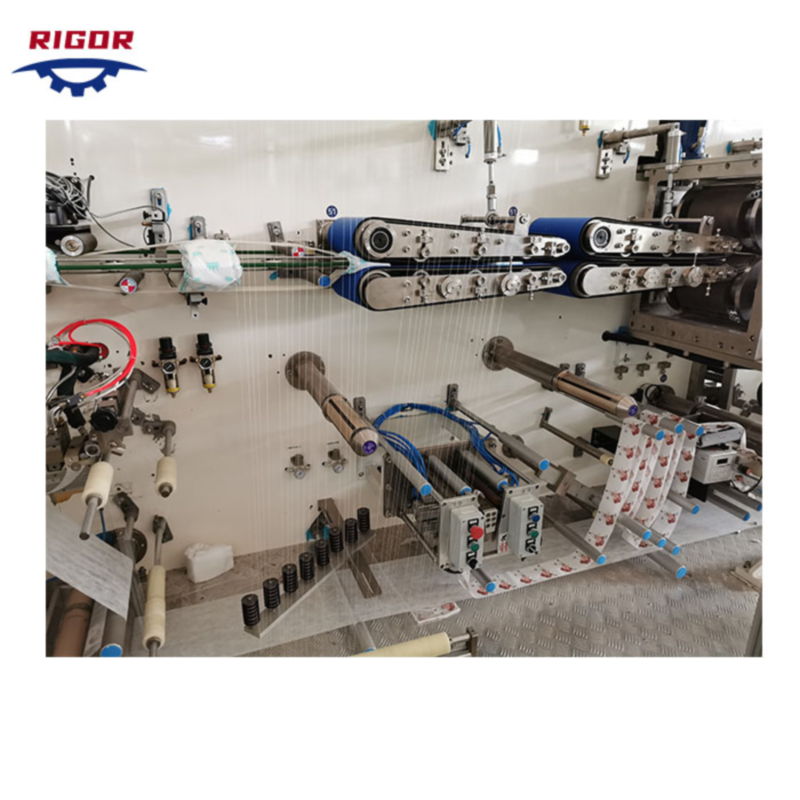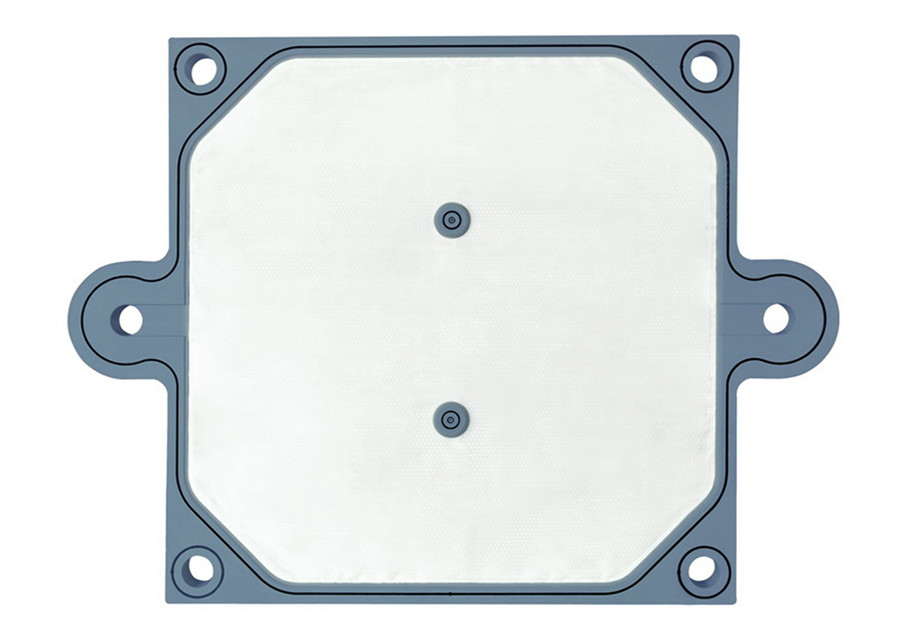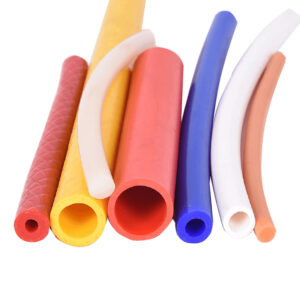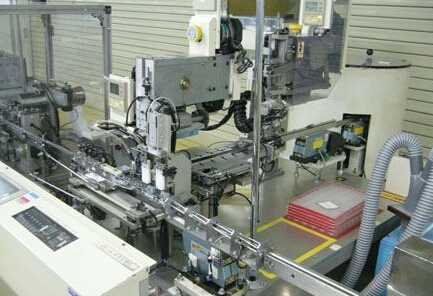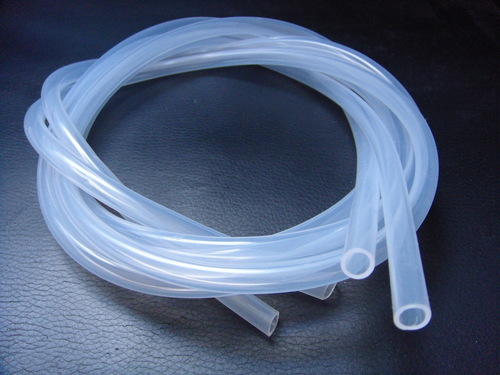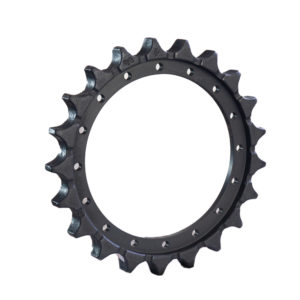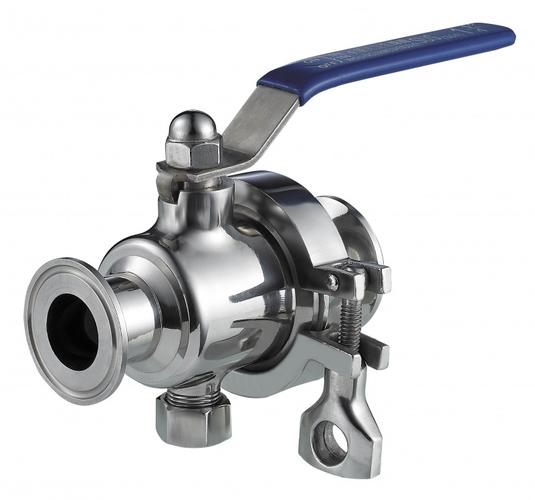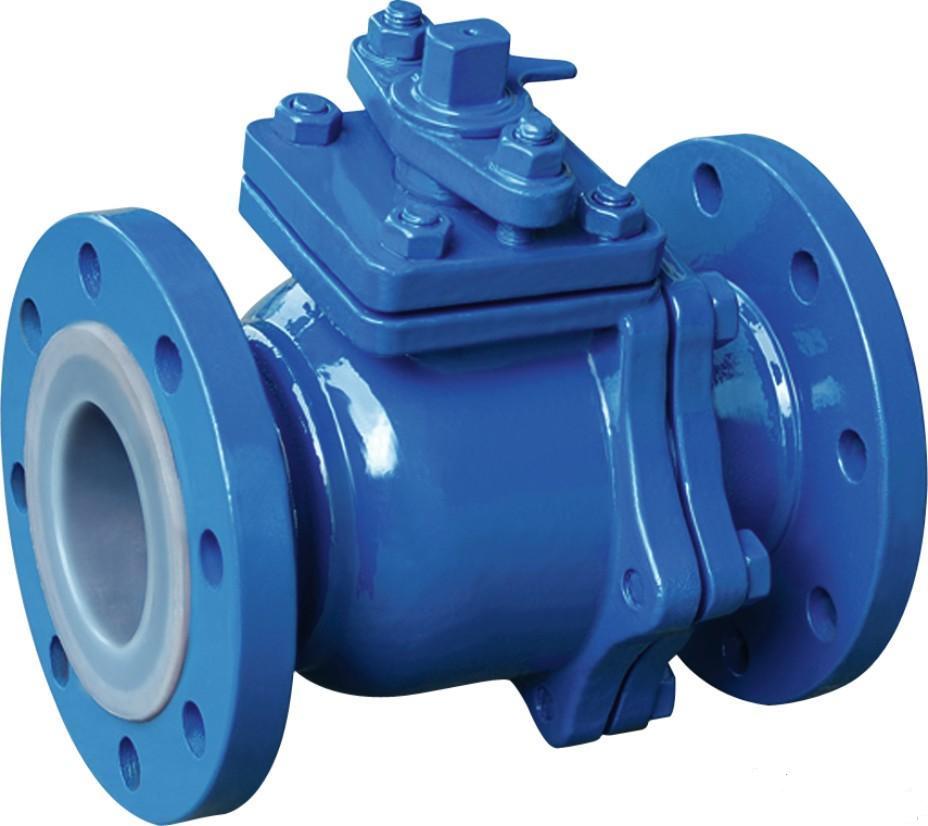The D-JF1 pressure reducing valve has outstanding advantages such as reliable operation, convenient and flexible pressure regulation, and stable operation.
1 Principle of operation
D-JF1 pressure reducing valve is composed of valve body, spool, seat, piston, safety valve, adjusting screw, accumulator, guide sleeve, pressure-bearing ring, filter and so on. The working principle of D-JF1 pressure reducing valve is that the output pressure is lower than the input pressure by throttling the gap between the spool and the seat; meanwhile, the output pressure feedback, acting on the piston, forms a dynamic balance with the gas spring force and automatically adjusts the gap between the spool and the seat to keep the output pressure constant. In the working process, when the output pressure changes, it will instantly change the force state of the piston, and the piston is forced to lift. The combined force on the spool is always upward, making the spool rise and fall with the piston at the same time until it reaches a new equilibrium position, so as to keep the regulating value constant.
China industrial valves suppliers
The accumulator is pre-charged with a certain pressure of nitrogen gas, which is used as a gas spring. Use the adjusting screw to change the accumulator pressure to adjust the pressure of the D-JF1 pressure reducing valve. When the inlet screw is opened slowly, the high pressure liquid enters the lower part of the accumulator, the nitrogen is compressed, the pressure increases, the piston moves down, the valve slit increases, the throttling effect is weakened, and the outlet pressure increases; conversely, when the outlet screw is opened, the liquid decreases, the pressure drops, the piston moves up, and the outlet pressure decreases.
2 Problems and improvement measures
(1) Accumulator air leakage
When the accumulator is put into the water, if there are bubbles in the water, the accumulator is found to be leaking, which is mostly due to the poor sealing of the gas filling valve.
(2) Adjustment screw leakage
D-JF1 pressure reducing valve is a cone valve. Due to the structure and manufacturing reasons it is difficult to make it shut down without leakage. After modification, it is sealed by a steel ball, and the effect is very good.
(3) Piston lame stuck in *** high position
In the piston with the outer circle of the guide sleeve bore, there are 2 small holes, drilling the inner side of the burr, resulting in the piston guide sleeve in the place lame card, so that the output flow and pressure are low and can not meet the requirements. A better way is to add a receding groove at this place, to exhaust the burr on the inside of the 2 small holes in the upper part of the guide sleeve hole.
(4) guide sleeve outer diameter O-shaped seal ring easy to cut bad
The original design of the valve body and guide sleeve seal is O-shaped seal in the valve bore, for ease of processing, is now located on the guide sleeve, but the valve body orifice without 20 ° chamfer, resulting in assembly O-shaped seal is easy to be cut bad.
3 common failures and troubleshooting methods
(1) not decompression ① pressure is too high, check and inflate to 2.5 ~ 4.5MPa; ② left adjusting screw leakage, repair the connection hole at the bottom of the cone hole; ③ valve slit opening is too large, the piston lame stuck in *** low position, the piston and guide sleeve with a different center, polished with step hole.
(2) export pressure is too low, can not be adjusted ① accumulator leakage. Check and inflate to the specified value; ②Leakage of the right adjustment screw. Repair the cone hole at the bottom of the connection hole; ③ the valve slit opening is too small, the piston craps in the high position. Remove the guide sleeve and polish the matching step hole.
(3) Outlet pressure fluctuation, unstable ① accumulator leakage, check and inflate to the specified value; ② left and right side adjusting screw seal is not good, repair the cone hole at the bottom of the connection hole.
4 Caution
Daily application pay attention to the following two points.
(1) frequent cleaning of the filter.
(2) Regularly check the gas pressure of the accumulator and inflate it to the specified value.
